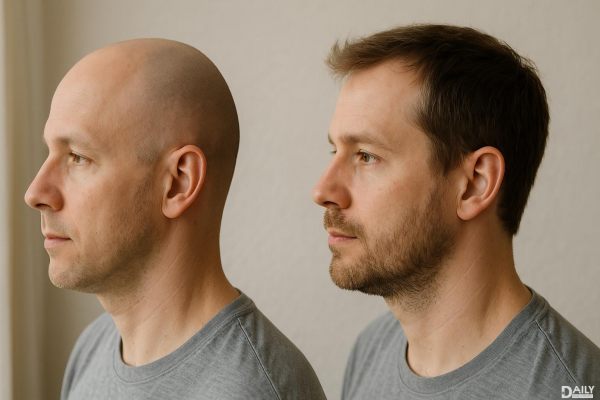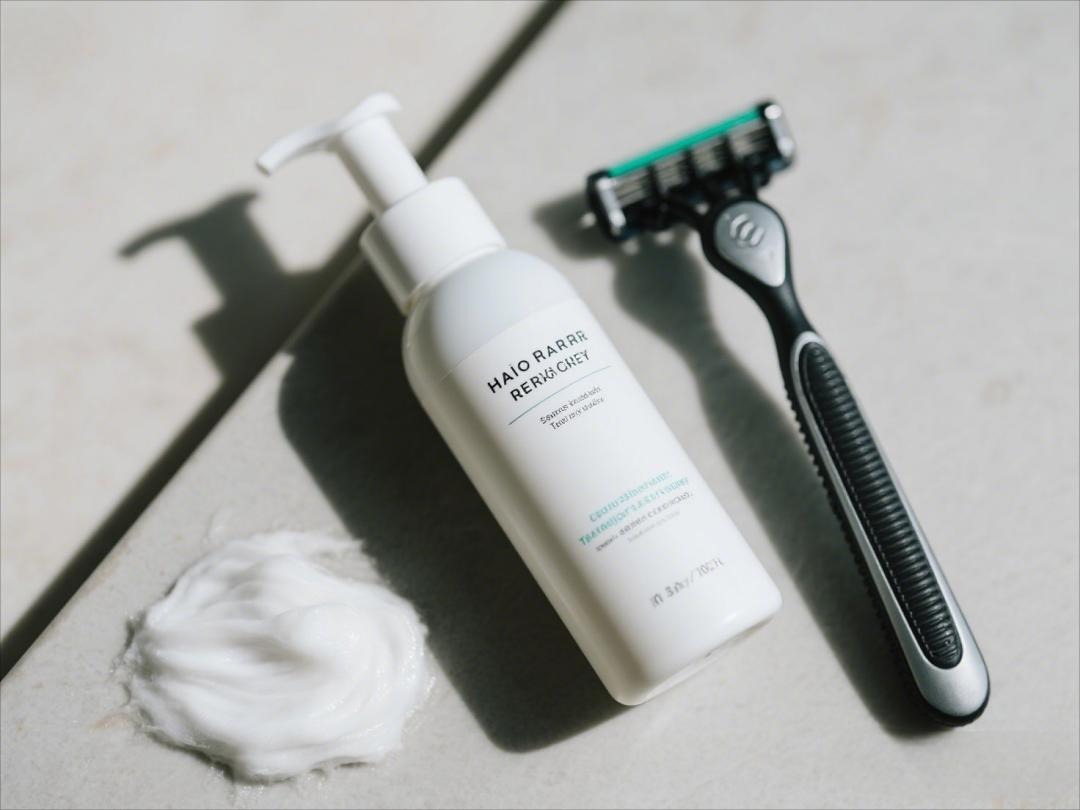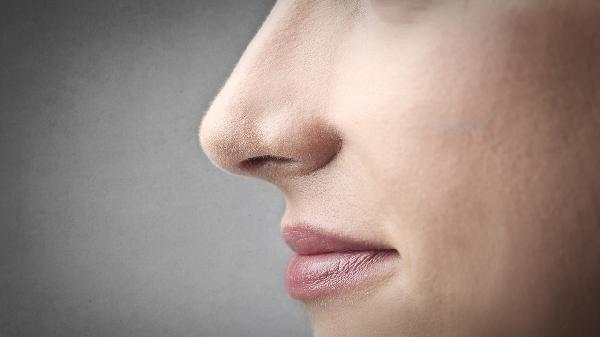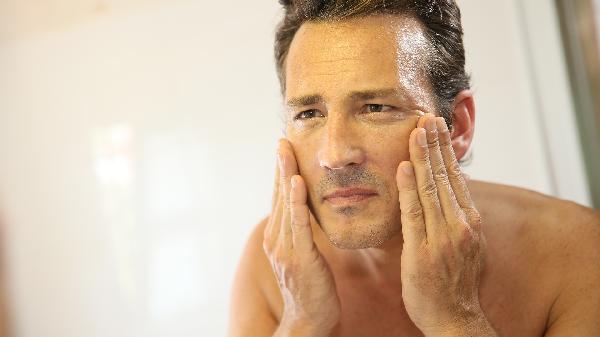Cutting gray hair does not make it grow back thicker. This is a common myth that’s been floating around for years, but the truth is, hair thickness is determined by factors like genetics, age, and overall health—not by how often you trim it. When you cut gray hair, it might feel coarser or more noticeable because the ends are blunt, but it’s not actually growing back thicker. Let’s dive into the science and debunk this myth once and for all.
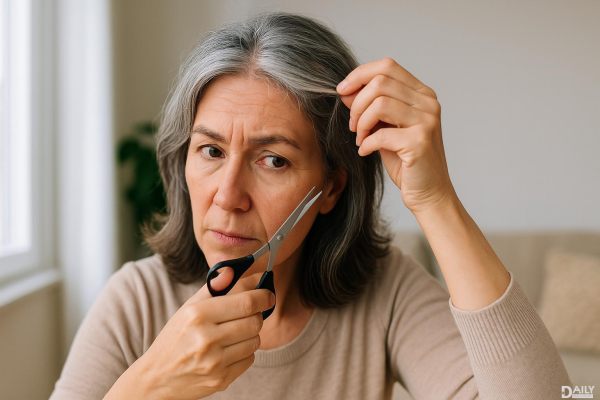
Hair growth happens in three stages: anagen (growth phase), catagen (transition phase), and telogen (resting phase). During the anagen phase, your hair follicles are actively producing new hair cells, which push the hair shaft out of the follicle. Gray hair occurs when the pigment cells in your hair follicles stop producing melanin, the substance that gives hair its color. Cutting your hair doesn’t affect the follicle or its ability to produce melanin, so it won’t change the thickness or color of your hair.
Gray hair often feels coarser or wirier than pigmented hair, and this can make it seem thicker. The reason for this texture change is that gray hair has a different structure. As we age, the sebaceous glands in our scalp produce less oil, leading to drier hair. Additionally, gray hair tends to have a thinner cuticle (the outer layer of the hair shaft), which can make it feel rougher. When you cut gray hair, the blunt ends can amplify this texture, giving the illusion of thickness.
There are plenty of myths surrounding gray hair, and cutting it to make it grow back thicker is just one of them. Another popular belief is that plucking one gray hair will cause two to grow in its place. Spoiler alert: that’s not true either. Plucking a hair can damage the follicle, but it won’t cause multiple hairs to grow. Similarly, stress is often blamed for gray hair, but while stress can contribute to hair loss, it’s not a direct cause of graying. The primary factor is genetics—if your parents went gray early, chances are you will too.
If you’re rocking gray hair, it’s important to give it the right care to keep it looking its best. Since gray hair tends to be drier, using a moisturizing shampoo and conditioner can help maintain its softness. Purple shampoos are also a great option to neutralize any yellow tones that can develop over time. Regular trims can keep your hair looking neat, but remember, they won’t make it grow back thicker. If you’re concerned about thinning hair, focus on a healthy diet rich in vitamins and minerals that support hair health, like biotin, vitamin E, and omega-3 fatty acids.
Gray hair is a natural part of aging, and it’s something to embrace rather than fear. Many people are choosing to ditch the dye and let their natural gray shine, and it’s a trend that’s only growing. Whether you decide to keep your gray hair or cover it up, the most important thing is to feel confident in your choice. Cutting your hair won’t change its thickness, but it can give you a fresh look and help you feel more put together.
So, the next time someone tells you that cutting gray hair makes it grow back thicker, you’ll know the truth. It’s all about understanding the science and taking care of your hair in a way that works for you. Whether you’re a silver fox or just starting to see a few grays, remember that your hair is a reflection of your unique journey—and that’s something to celebrate.
